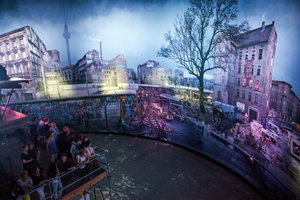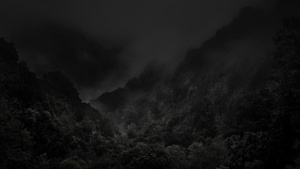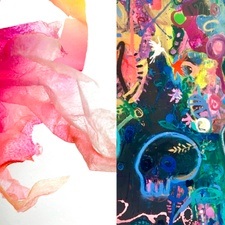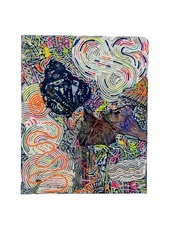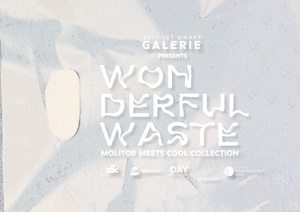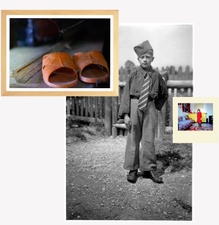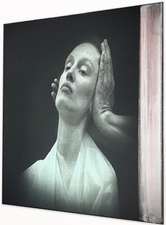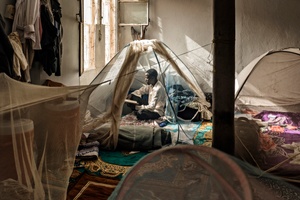Faszination Rom. Maarten van Heemskerck zeichnet die Stadt
In the organizer's words:
The fascination of Rome
Maarten van Heemskerck paints the city
26.04.2024 until 04.08.2024
Cultural Forum
In 1532, the Dutch artist Maarten van Heemskerck embarked on a journey from Haarlem to Rome. A unique collection of over 170 drawings from his five-year stay in the Eternal City has been preserved in the Kupferstichkabinett. In addition to panoramas and city views, these include studies after ancient sculptures and ruins. This outstanding collection will be on display in its entirety for the first time in 2024 - 450 years after the artist's death. In addition to the virtuoso drawings, which are also important pictorial sources on the history of Rome during the Renaissance, paintings, prints, books and plaster casts will also be on display.
The Berlin Kupferstichkabinett owns two spectacular albums with around 170 drawings by the Dutch artist Maarten van Heemskerck (1498-1574), which were created in Rome between 1532 and 1536/37. The majority of these drawings can be traced back to a landscape-format sketchbook, which he carried with him on his forays through the city and on his visits to art collections, antique gardens and holy sites, alongside large-format individual sheets. Van Heemskerck recorded the Roman topography with great care in vedute and detailed studies shortly before the urban planning changes began under Pope Paul III Farnese (reigned 1534-1549).
He was the first artist to draw the then still impassable Roman Forum, the adjacent Imperial Forums and thermal baths, the Colosseum and the monuments on the Palatine Hill and the Quirinal. But he also impressively documented the new construction of St. Peter's, as well as the Capitoline Square before Michelangelo's redesign. The drawings also show world-famous ancient sculptures such as the Laocoon, the Torso and the Apollo of Belvedere, often from unusual and surprising perspectives. Last but not least, he created the first views of the newly emerging collections of antiquities, such as those of the Cesi, the Della Valle and the Sassi.
In this way, van Heemskerck compiled an extensive pool of motifs from which he would draw throughout his life. After his death, the drawings were passed on, initially to artists and later to collectors. Individual sheets were sold on and most of them - together with other drawings by other artists - were probably glued into the two albums in the 18th century. In this way, the core collection of van Heemskerck's Roman drawings has remained together to this day, a unique case in art history. The albums came to the Berlin Kupferstichkabinett in 1886 and 1892; since then they have never been exhibited in their entirety.
Sketchbooks reconstructed, digitized and facsimiled
For conservation reasons, the so-called first Roman album, which was renewed in the 1980s, has now had to be bound up so that 66 pages of a former sketchbook with their 130 drawn front and back pages, which were previously glued in there, can now be shown to the public for the first time. In preparation for the exhibition, extensive examinations of the inks and papers were carried out, making it possible to reconstruct the original order of the pages even more precisely than before and to better understand the drawing processes.
A reconstruction of the small sketchbook as a digital copy and facsimile conveys the impression of the complete ensemble before it was disassembled and included in the volume. The second album, which contains 21 further sheets with 36 drawings by van Heemskerck, is exhibited in bound form and turned over weekly. A digital version is also available here.
Sketches in the context of drawings, paintings, engravings and casts
Numerous loans from various collections of the Prussian Cultural Heritage Foundation, but also from important museums such as the Rijksmuseum in Amsterdam, the Bibliothèque Nationale de France and the Louvre in Paris, the Princely Collections of Liechtenstein, the Kunsthistorisches Museum in Vienna, the National Gallery in Prague, the Staatliche Kunstsammlungen Dresden and the Hamburger Kunsthalle enrich the exhibition. Formerly associated sketchbook pages will find their way to Berlin for the duration of the presentation and will be reunited with their counterparts. The Berlin sheets will be complemented by further drawings and two paintings from the Roman period. In addition, casts of antique sculptures that van Heemskerck drew will be exhibited. Several series of engravings, created after his return to Holland and taking up Roman motifs, illustrate how the iconic images of his forays through Rome were disseminated throughout Europe via printmaking.
Exhibition in three chapters
The exhibition begins with an introduction to van Heemskerck's artistic work before the journey. In addition to the first biographical appraisals by Giorgio Vasari, Hadrianus Junius and Karel van Mander, paintings by Jan van Scorel, in whose Haarlem workshop Van Heemskerck worked between 1528 and 1530, as well as his own early works are on display. These are complemented by prints after Roman buildings and sculptures as well as descriptions and plans of the city of Rome, which circulated in Holland and could be used to prepare a journey.
Van Heemskerck's Roman drawings and paintings are exhibited in the central room. The sketch sheets are grouped thematically so that visitors can both discover van Heemskerck's outstanding draughtsmanship and follow his walks through Rome. This aesthetic and thematic approach is supported by a special presentation that deviates from the usual wall hanging in framed passe-partouts, in which the sketchbook pages, marked on both sides, are staged almost floating in the middle of the room.
The last room is dedicated to the work phase after the return to Haarlem and the artistic reception and afterlife of the Roman studies. This is a further focus of the exhibition, which sheds light on the functions of the drawings in van Heemskerck's paintings and prints.
Curatorial team
The exhibition is curated by Christien Melzer (Kupferstichkabinett der Staatlichen Museen zu Berlin), Tatjana Bartsch (Bibliotheca Hertziana, Max Planck Institute for Art History, Rome) and Hans-Ulrich Kessler (Skulpturensammlung und Museum für Byzantinische Kunst der Staatlichen Museen zu Berlin).
Publication accompanying the exhibition
A catalog will be published in German and English by Hirmer Verlag. This has been made possible by the generous support of the Rudolf-August Oetker Foundation, the Bibliotheca Hertziana and Wolfgang Wittrock and Oskar Matzel.
In addition, a facsimile of the Roman book of drawings by Maarten van Heemskerck will be published by Hatje Cantz Verlag.
Accompanying program
The exhibition is accompanied by an extensive educational program as well as a rally for children and workshops for families.
The exhibition is supported by the Kulturstiftung der Länder, the Tavolozza Foundation and the Wolfgang Ratjen Foundation, Vaduz.
Media cooperations: ARTE, Der Tagesspiegel, Klassik Radio, tipBerlin and WELTKUNST
A special exhibition of the Kupferstichkabinett of the Staatliche Museen zu Berlin in cooperation with the Bibliotheca Hertziana - Max Planck Institute for Art History
This content has been machine translated.Price information:
EUR 10.00 reduced EUR 5.00; free admission for children and young people up to and including the age of 18




